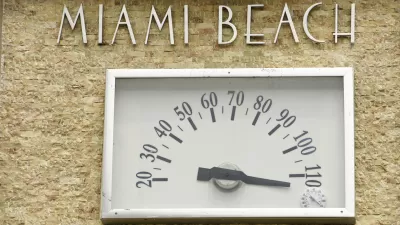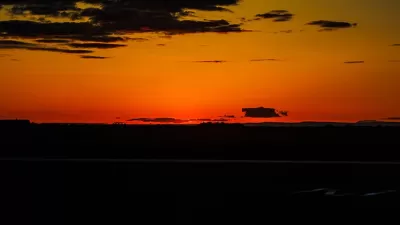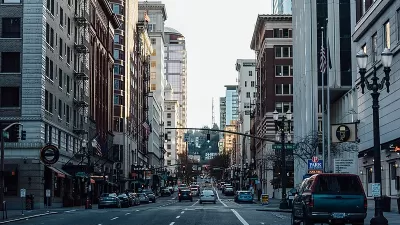Cities are hotter because of the way we build them, and they could be cooler if we built them differently.

Over the past 30 years, guess what kind of weather disaster has killed more Americans than any other? It’s not hurricanes or tornadoes. It’s not flooding or lightning. It’s heat. And like many other environmental dangers, it disproportionately kills people of color.
As our climate continues to change and heat waves become more frequent, more severe, and longer-lasting, extreme heat events will only become more dangerous. That’s especially true in urban areas, where over 80% of Americans live. The urban heat island effect makes cities warmer than rural areas. The average temperature in a city with over one million people can be as much as 5.4 degrees Fahrenheit warmer than the surrounding countryside. On a calm, clear night, the difference can be as much as 22 degrees.
We can’t control the weather, and in the longer term, even with major climate action from world leaders, some warming is already baked into our climate system. But there is one aspect of extreme heat we can control. Cities are hotter because of how we build them, and they can be cooler if we build them differently.
It’s time for federal regulations to limit how much buildings, roads, parking lots, and other urban features are allowed to heat up the neighborhood. Just as the EPA regulates runoff pollution through the Clean Water Act and air pollution through the Clean Air Act, the agency should also regulate heat pollution through a "cool communities" act.
FULL STORY: As Urban Areas Feel the Heat, It’s Time for National Cool Communities Standards

Study: Maui’s Plan to Convert Vacation Rentals to Long-Term Housing Could Cause Nearly $1 Billion Economic Loss
The plan would reduce visitor accommodation by 25,% resulting in 1,900 jobs lost.

North Texas Transit Leaders Tout Benefits of TOD for Growing Region
At a summit focused on transit-oriented development, policymakers discussed how North Texas’ expanded light rail system can serve as a tool for economic growth.

Why Should We Subsidize Public Transportation?
Many public transit agencies face financial stress due to rising costs, declining fare revenue, and declining subsidies. Transit advocates must provide a strong business case for increasing public transit funding.

How to Make US Trains Faster
Changes to boarding platforms and a switch to electric trains could improve U.S. passenger rail service without the added cost of high-speed rail.

Columbia’s Revitalized ‘Loop’ Is a Hub for Local Entrepreneurs
A focus on small businesses is helping a commercial corridor in Columbia, Missouri thrive.

Invasive Insect Threatens Minnesota’s Ash Forests
The Emerald Ash Borer is a rapidly spreading invasive pest threatening Minnesota’s ash trees, and homeowners are encouraged to plant diverse replacement species, avoid moving ash firewood, and monitor for signs of infestation.
Urban Design for Planners 1: Software Tools
This six-course series explores essential urban design concepts using open source software and equips planners with the tools they need to participate fully in the urban design process.
Planning for Universal Design
Learn the tools for implementing Universal Design in planning regulations.
City of Santa Clarita
Ascent Environmental
Institute for Housing and Urban Development Studies (IHS)
City of Grandview
Harvard GSD Executive Education
Toledo-Lucas County Plan Commissions
Salt Lake City
NYU Wagner Graduate School of Public Service





























